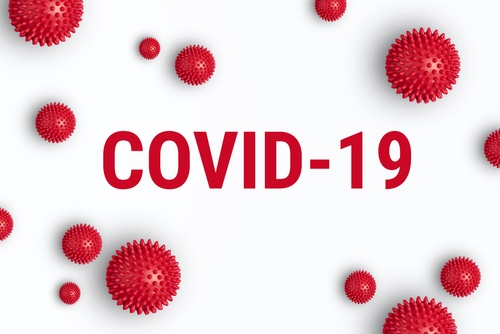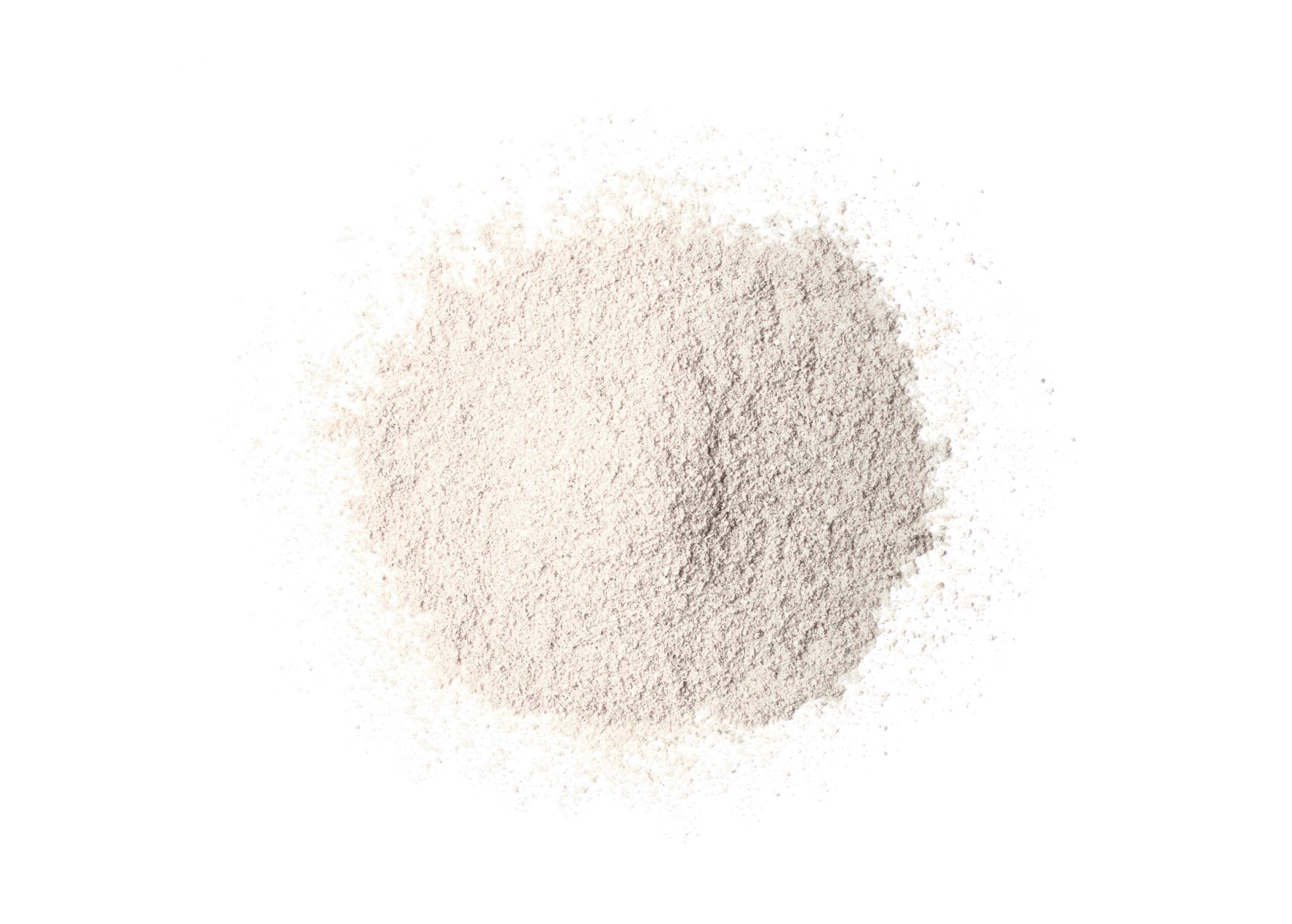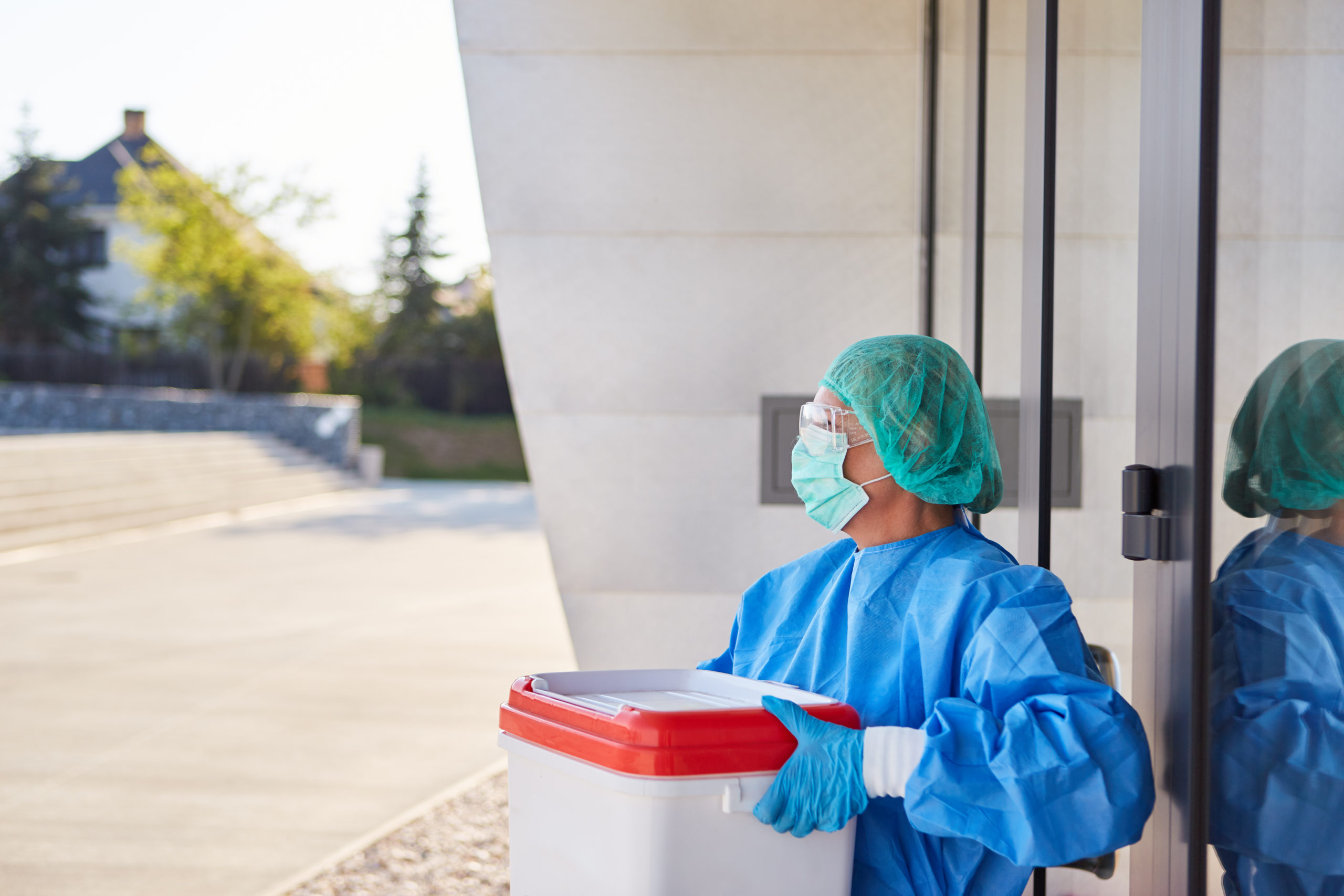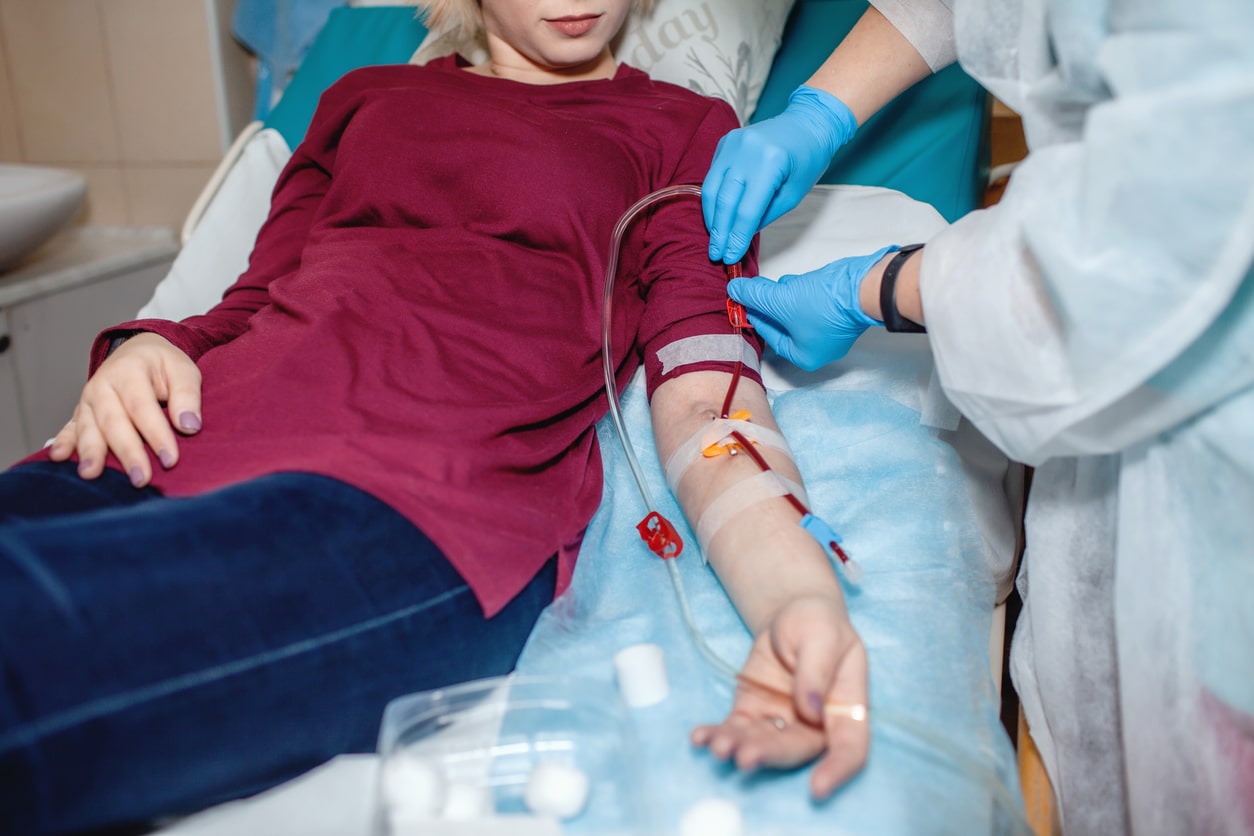
Recipients of kidney transplants are subject to comorbidities, chronic immunosuppression, and frequent contact with the health care system, which can put them at high risk for severe illness from COVID-19. To determine the economic costs of treating SARS-CoV-2 infection among kidney transplant recipients in Paraguay, about which little was known, Juan Daniel Acosta González and colleagues conducted an analysis of medical record data.
The medical records, spanning January to December 2021, included complete data regarding auxiliary methods of diagnosis, diagnosis, and treatment received; patients’ identities remained anonymous. The researchers adopted a quantitative, descriptive, nonexperimental, transversal approach to their analysis.
Sixty-one patients were included in the study, of whom 61% were male. The average (SD) participant age was 50 (13.8) years, and the average wait time for a kidney transplant was 137.7 (99.6) months. The primary immunosuppressive therapy participants received was a combination of tacrolimus, mycophenolic acid, and prednisone.
Participants who were vaccinated against SARS-CoV-2 demonstrated better creatinine, creatinine clearance, and proteinuria parameters than participants who developed an infection and were unvaccinated at the time. The vaccinated population also had lower ferritin and D-dimer levels compared with unvaccinated participants (P<.05). Rates of hospitalization, suspected organ rejection, and mortality were higher among unvaccinated patients compared with their vaccinated counterparts (57% vs 35%, 6% vs 4%, and 39% vs 8%, respectively).
Due to longer hospitalizations, a need for hemodialysis, and admission to intensive care units, the costs of SARS-CoV-2 infection were higher for unvaccinated patients (US$616,148) than for the vaccinated patients (US$15,007.67). The average hospital stay was 6.94±8.93 days for unvaccinated participants and 2.84±4.5 days for the vaccinated population.
Unvaccinated patients required greater use of antibiotics (81%), corticosteroids (56%), and anticoagulation with enoxaparin (47%) to limit the development of moderate to severe illness. Vaccinated participants, meanwhile, required less use of antibiotics (40%), anti-flu therapy (44%), and remdesivir (16%).
Source: González JDA, Orue MG, Martínez A, et al. Economic impact due to SARS-COV2 infection in vaccinated and unvaccinated kidney transplant patients during 2021. Abstract #WCN25-1258. Presented at the World Congress of Nephrology; February 6-9, 2025; New Delhi, India.







 © 2025 Mashup Media, LLC, a Formedics Property. All Rights Reserved.
© 2025 Mashup Media, LLC, a Formedics Property. All Rights Reserved.